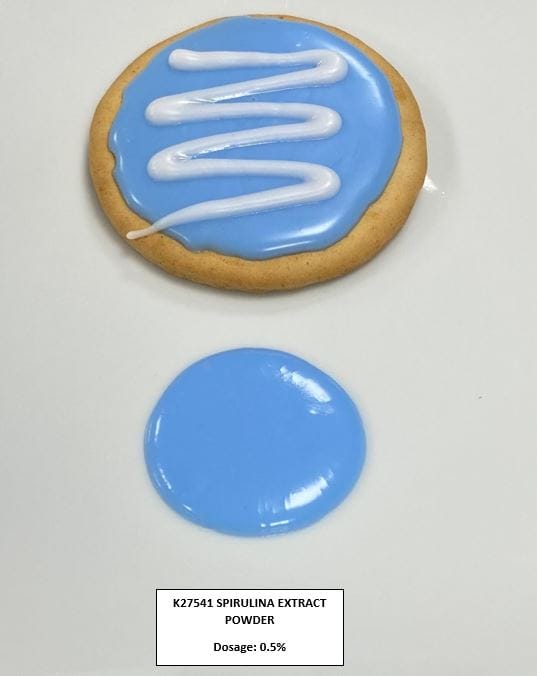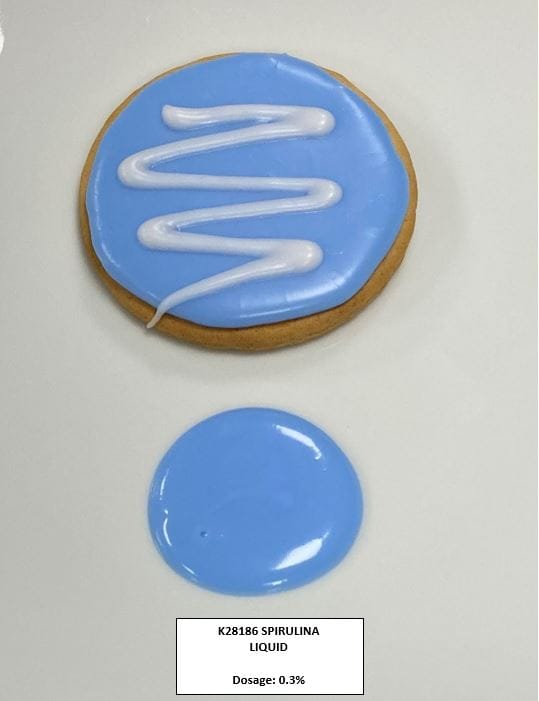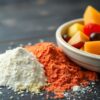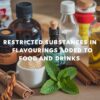Spirulina is a blue-green algae which grows in the sea, renowned for its nutritional properties. It’s emerged in the last decade as the holy grail for product developers – a source of bright, vibrant natural blue food colour.
But it’s not all good news; Spirulina is sensitive and its stability is highly dependent on the parameters of the application
Read on for the technical aspects of Spirulina and its use as a food colouring, exploring its chemical composition, extraction methods, industrial applications, and regulatory considerations.
 The Blue Pigment: Phycocyanin
The Blue Pigment: Phycocyanin
The blue hue of Spirulina is attributed to phycocyanin, a protein-bound pigment belonging to the phycobiliprotein family. The unique structure results in its characteristic absorption maximum at 620nm, giving rise to the intense blue colour.
Used correctly it’s possible for Spirulina to be a viable alternative to the artificial colours E131 Patent Blue V, and E133 Brilliant Blue FCF.
Cultivation, Extraction and Purification
The extraction of phycocyanin colour from Spirulina sea-grown algae involves several technical steps:
- Cultivation: Spirulina is grown in controlled ponds or bioreactors in sunlight and nutrient-rich water.
- Harvesting: The algae is collected and concentrated using filters or centrifuges.
- Cell Disruption: The cell walls are broken down to release the precious phycocyanin blue pigment.
- Extraction: Using techniques like ultrasound-assisted extraction or pulsed electric field technology, the blue pigment is separated.
- Purification: The extract is refined to remove impurities and concentrate the colour.
- Stabilization: The final product is added to other ingredients to ensure it remains vibrant in various food applications.
The two major markets where the Spirulina extracts are grown and extracted are the USA and China, with final colour products for use in food/beverage products developed throughout the World, particularly Germany and the UK.
 Applications and Stability
Applications and Stability
As mentioned, Spirulina food colours are sensitive so trials are recommended to ensure the desired blue shade is delivered in the final product. Some of the application parameters to be considered are:
- pH Sensitivity: Optimal stability is observed between pH 5-7, meaning acidic beverage applications are less suitable.
- Thermal Stability: Heat treatments above 60°C can lead to protein denaturation and colour loss.
- Light Sensitivity: Exposure to ambient (UV) light can cause significant colour fading.
Colour houses employ techniques to make Spirulina food colour products more stable including:
- Higher refinement of the extract
- Micro-encapsulation (for powders)
- Addition of carefully selected additive systems including antioxidants, osmoprotectants and acidity/alkalinity regulators.
Although not all applications are suitable, Spirulina products have been successfully deployed to create vibrant blue hues in many food and beverage products, including:
- Beverages (lower acidity)
- Icings
- Smoothies
- Confectionery (low temperature)
- Yoghurt
- Ice-Cream
Regulatory Aspects and Labelling of Spirulina
In the European Union, Spirulina extract is not designated as a food colour and does not have an E-number, meaning purity criteria are not defined.
In terms of labelling, in European law, it should be labelled on back-of-pack as ‘Spirulina Extract’, or ‘Spirulina Concentrate’.
A warning: incorrect Spirulina food colours
Although less refined spirulina can be purchased from ingredient suppliers at relatively low cost, care should be taken: the colour performance would be questionable, and likely to result in an unstable hue which may start blue but turn green.
Safety of Spirulina Food Colours
A reputable colour house will also ensure not only that the colour is stable, but also that the ingredient adheres to all other food safety law in relation to heavy metal contamination and allergen considerations.
In terms of safety, experts advise that Spirulina is safe in doses up to 8g per day which is far higher than typical consumption.
Conclusion
Spirulina-derived blue food colouring represents a significant advancement in the search for a natural blue colourant.
As research continues, we can expect further innovations in stability enhancement to further establish this pigment as a natural blue food colour.
If you’re interested in using Spirulina as a natural blue food colour, Kanegrade can help. Click here to enquire with us.

 The Blue Pigment: Phycocyanin
The Blue Pigment: Phycocyanin Applications and Stability
Applications and Stability